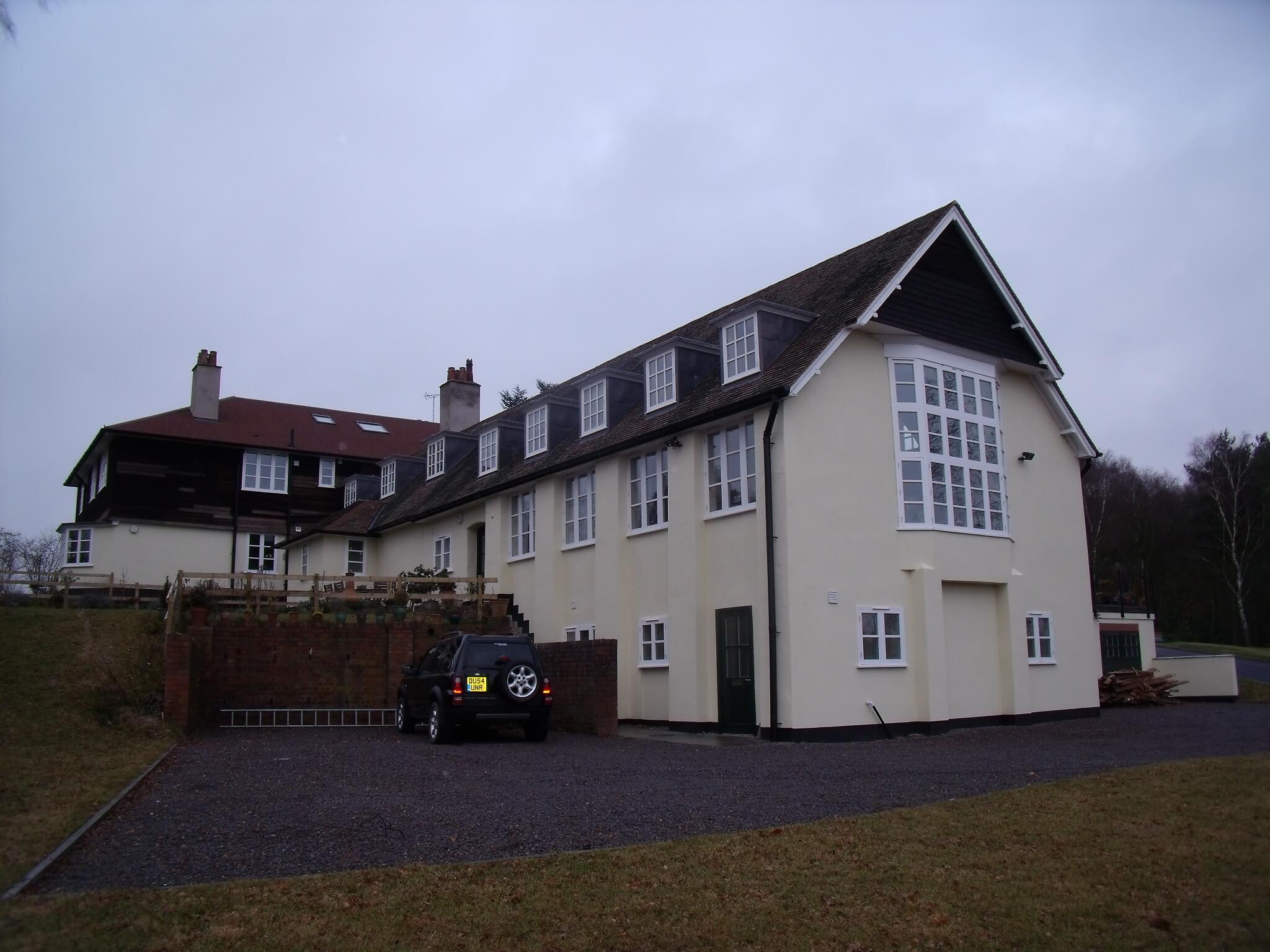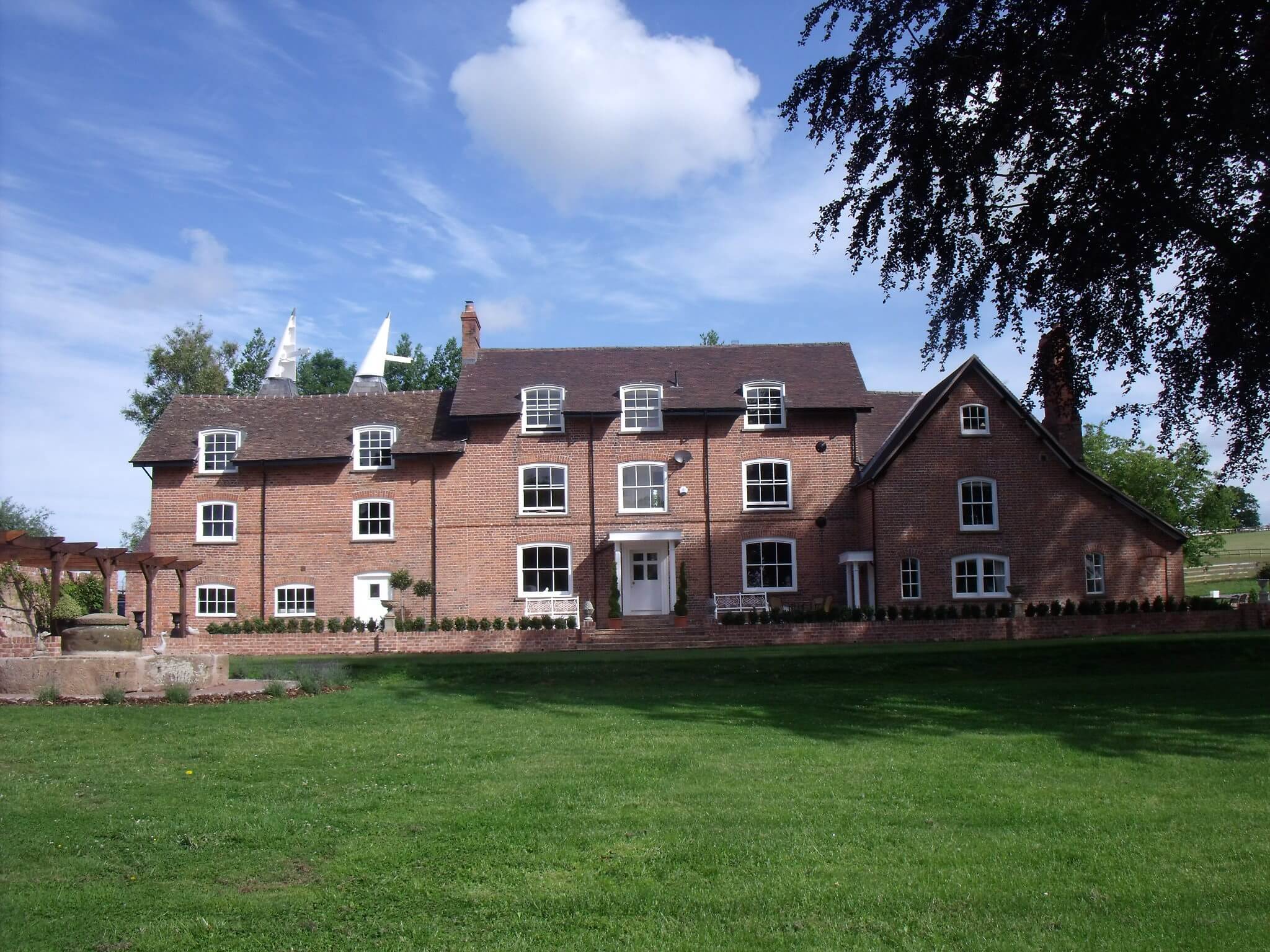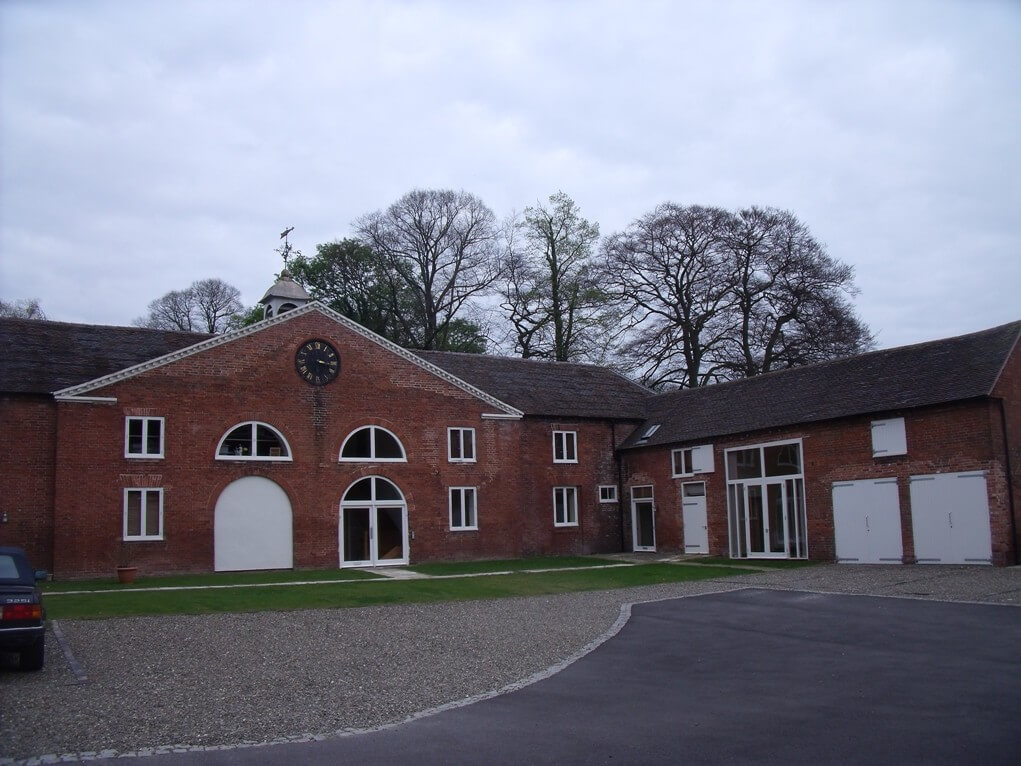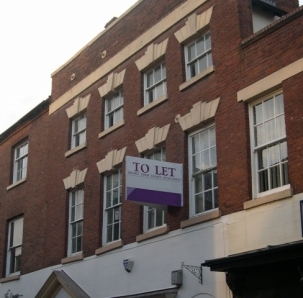You’ve saved up a deposit, secured a mortgage in principle and are ready to find the property of your dreams. The important thing now is to choose a home that not only fits your family now, but which can provide a wonderful place for you to live for years to come.
We’ve put together a simple checklist to guide you through the process of finding and securing your perfect property.
What to do before your search?
Most buyers get caught up in the excitement of buying a new home, and rush headlong into the search without taking the time to consider what they’re actually looking for. You can save yourself a lot of time – and buyer’s remorse – by sitting down with your partner, family or friends to define everything you really need in a home, as well as anything you would like on top.
Our top tip? Decide on your ideal parameters for size, location and price, and how flexible you are prepared to be on each. Follow this up with a set of “must have” and “nice to have” criteria. These are different for everyone, but might include things like a second reception room, off-road parking or en-suite bathrooms.
Read Our Reviews
What to do once you start looking?
With a little preparation, you should be able to filter through your options with relatively ease, limiting yourself to properties which are in a nice location, have enough space, and fall within your budget. The next step is to view these to see if you can imagine making a home there.
Buying a property and moving your family is a huge commitment, so it’s important to take off the rose-tinted glasses, and scrutinise the building you’re about to invest in. Here are the top questions buyers often forget to ask themselves before signing on the dotted line.
Inside the house, ask yourself:
- Is everything in generally good order? Flick switches, test taps and check that all doors and windows open and close properly.
- Are there any obvious signs of damp, like mould speckles, condensation or discolouration in the walls? If so, it may be worth commissioning a specific defect report.
- Does any of the décor look suspicious, such as oddly-placed rugs or pictures which could be concealing damage?
- Are there plenty of integrated cupboards, and if not, is there enough room for storage furniture in the rooms?
- What is the parking like; is there a garage, or will you need a permit to park on the street? What about guests?
- Can you spot any layout quirks that would need to be changed, like awkward plug sockets or light switches?
- How does the current kitchen layout work for you? If you mime making a meal, does it flow nicely or will you have to renovate the space?
- How does the age and condition of the building match up to how much effort you want to put in maintaining and updating it?
Tip: Take plenty of pictures as you walk around – at least one per room. It will make it much easier to remember each property clearly, and decide which you want to view a second time.
Don’t forget to ask your estate agent:
- Why are the current owners moving out?
- How long has it been on the market?
- How many viewings has it had, and has anyone already made an offer?
- Is there a chain?
- If you’re looking at a leasehold property, who is the freeholder and managing agent?
Practical matters:
- What council tax band is the house in?
- Is there any ground rent or service charges?
- What does the EPC rating estimate your bills will be?
- Do you have good mobile signal, and what are the available internet speeds?
- For leasehold properties, are there more than 83 years left on the term?
- What sits on the property boundary? Will you have to consider potential party wall issues?
Tip: Always go for a second viewing, at a different time of day. It will give you a better idea of the amount of natural light, the parking availability and how noisy the neighbours can be.
Research the local area:
- Do the properties on the rest of the street look well-maintained?
- Are there good public transport options?
- Is any development planned nearby, and how will this affect you?
- What are the local crime statistics?
- How are the local schools performing? Even if this doesn’t affect your family, it can have a huge impact on the resale value of your home.
- Are the nearby parks well kept?
What happens when you find the perfect place?
- Find a solicitor you can work with (check for any reasons that might delay your transaction, such as having long holidays booked).
- Compare the asking price against local market trends and property that has recently sold nearby.
- Make an offer, including an exclusivity period upon acceptance. This will make sure nobody else can view the property while you are arranging contracts.
- Arrange for a property survey to be conducted.
And when you’re ready to proceed?
- Obtain the mortgage deed to be signed by the solicitor.
- Sign your contracts and exchange them.
- Pay the balance of the agreed price
- Receive the title deeds and transfer document
- Pay the Stamp Duty, solicitor’s fees and Land Registry charges
- Collect your keys and move in!





